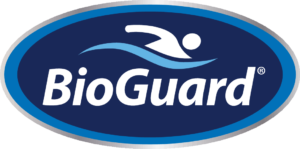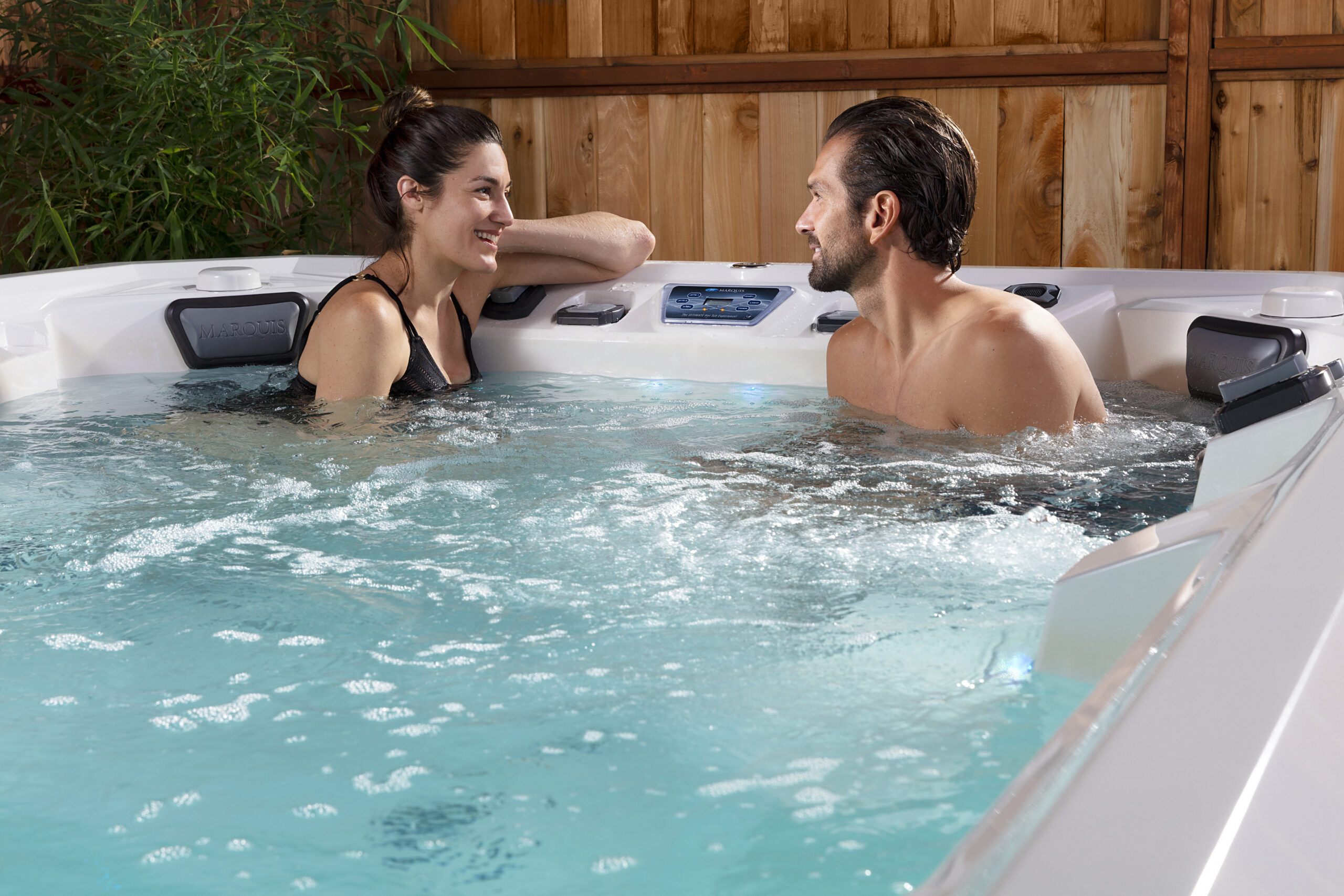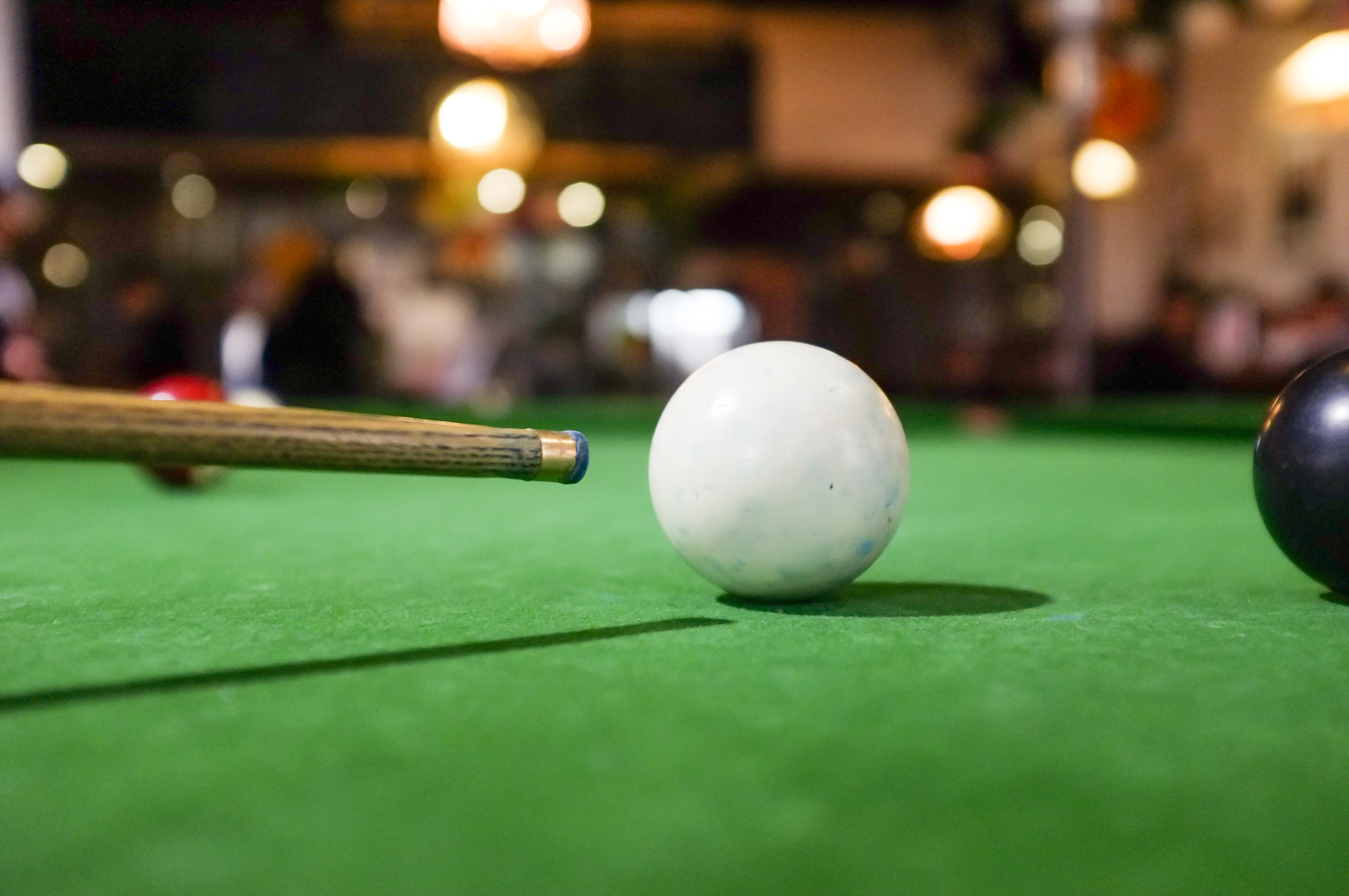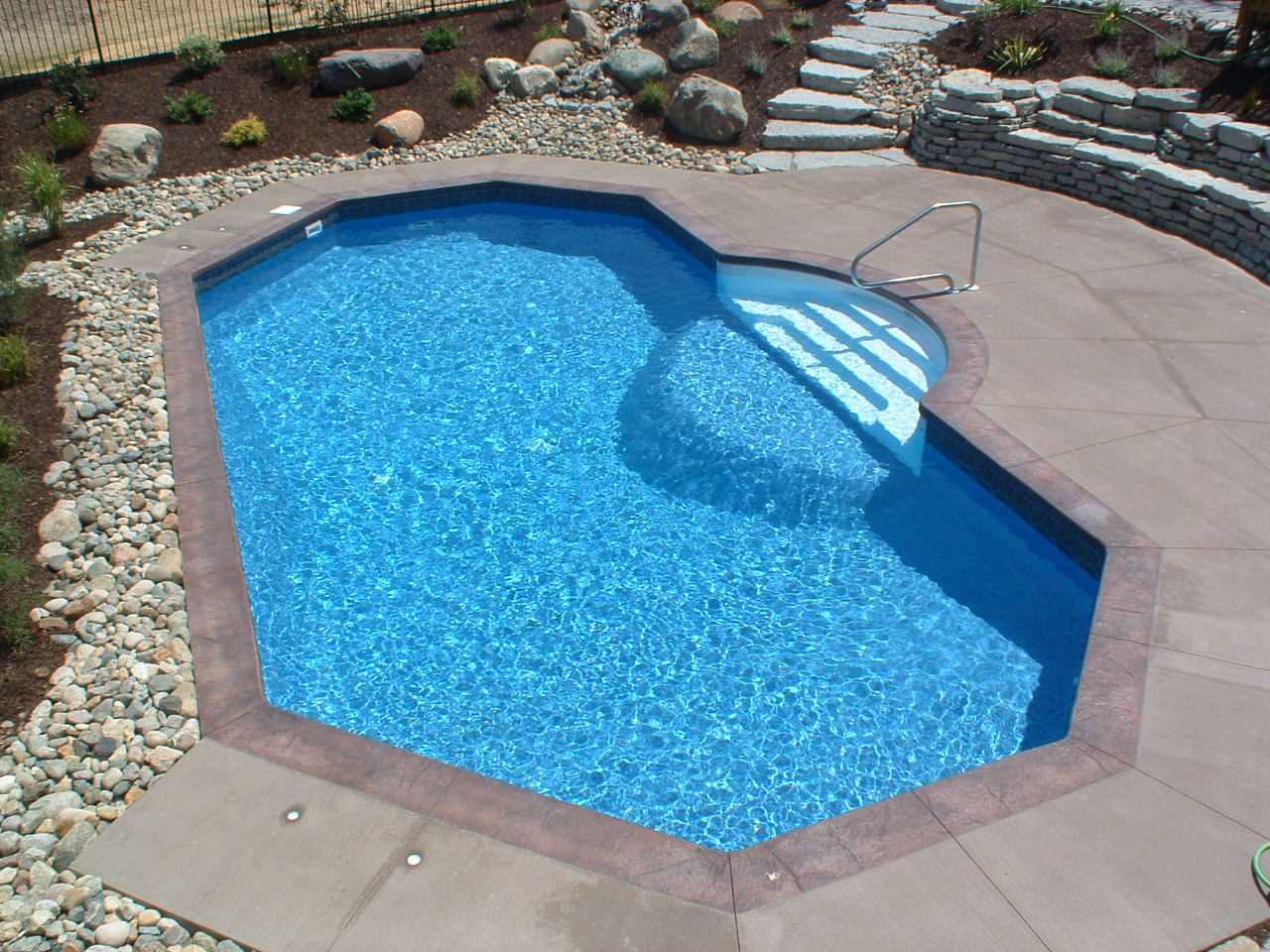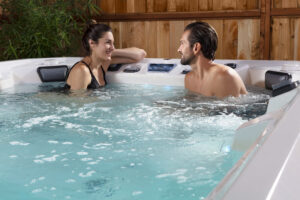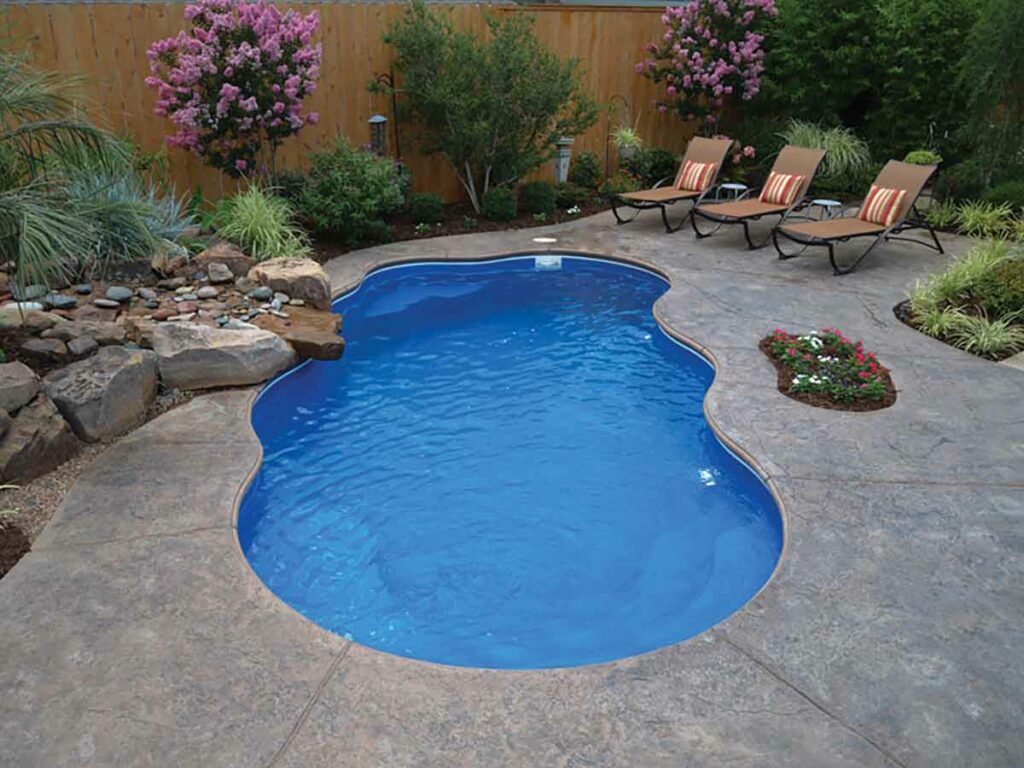
You’re a new pool owner, but you don’t know anything about pool chemicals. The good news is it’s not as hard as you may think! You don’t need a chemistry professor to take care of your pool. Here are a few water chemistry tips for new pool owners.
Test Prep: Test Your Water Chemistry Frequently
Pool water gets dirty no matter how much you skim, vacuum, or run the filter system. Debris and dirt will inevitably fall into the water and when people swim in pools, they leave behind hair, dead skin, and body oils.
Because of this, you should test your pool’s water chemistry levels at least once a week using a home test kit or test strips. This will help you keep your pool water balanced and cleaner for longer.
Water Chemistry 101: Pool Chemicals You’ll Need
Sanitizer
A sanitizer keeps your pool clean by killing the bacteria and other microorganisms in your pool water. While chlorine is the most commonly known sanitizer, there are other options for sanitizing your pool, like bromine, biguanide, or minerals.
You’ll want to use stabilized chlorine if you have an outdoor pool, as sunlight will burn off unstable chlorine.
Shock
Shocking your pool is when you give your pool a super dose of chlorine. We recommend that you shock your pool at least every other week, if not every week. It’s best to wait to do it at night after everyone is done swimming for the day. You’ll definitely want to shock your pool after hosting a backyard party. Remember how we said swimmers leave behind hair, dead skin, and oils from bodies and lotions? More pool users means even more of that, so a good shock treatment will take care of that. another time you should shock your pool is after a heavy rainfall.
Algaecide
You should also add an algaecide each week to prevent algae from growing in the water, especially in Spring. It is a backup to the sanitization process and should be done after you shock your pool.
pH Increasers and Decreasers
If your pH levels are off-balance, use pH increasers and decreasers. You’ll use the increaser more than the decreaser due to how alkalinity works, but it’s still good to keep some pH decreaser around just in case. You want to make sure your water’s pH is between 7.4 and 7.6.
Alkalinity Increasers and Decreasers
The primary mission of alkalinity is to keep the pH from making dramatic swings, serving as a buffer to deal with changes in the water before the pH is affected. Use an alkalinity increaser – in a pinch, use baking soda – to increase the alkalinity. And vice versa, use an alkalinity decreaser to lower the alkalinity levels. Your alkalinity should be in the 80 and 120 ppm range.
Calcium Hardness Increasers and Decreasers
Calcium hardness varies based on your location and the water source for your pool. The ideal calcium hardness level depends on the type of pool you have and ranges from 175 ppm to 400 ppm. Speak with your trusted local pool professional to learn the ideal range for your pool in particular.
Your pool walls and equipment can develop scaling and corrosion if your calcium hardness is too low. You fix this by adding a calcium hardness increaser. Too much calcium hardness gives your water a cloudy appearance. You can fix this with a shock and add a water clarifier or flocculant.
At Tredway Pools Plus, our goal is to make water chemistry for new pool owners easy! That’s why we provide our customers with quality pool chemicals from BioGuard®. Reach out to us if you have any questions!
